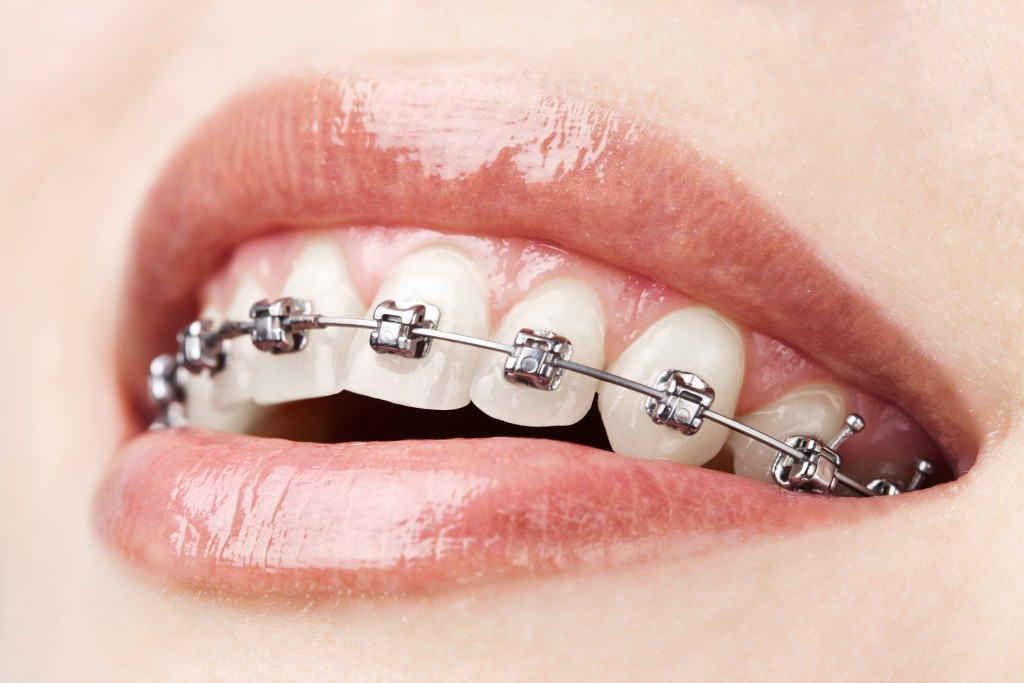Today, it’s not uncommon to see braces on people of all ages, especially with the increasing accessibility of orthodontics and awareness of the importance of braces. It is also common knowledge that braces are used to correct misaligned or crooked teeth for a better bite and smile. But beyond these straightforward facts, have you ever wondered how braces really work?
Discover the science behind braces–and why they are so important.
How do braces work?
If your child is going to your trusted pediatric dentist for braces, it’s best to explain how braces work to somehow decrease their anxiety about it. But if you are an adult and getting braces for the first time, knowing how braces work can help ease your dental anxiety as well.
Essentially, braces are used to encourage the teeth into proper alignment. This is done in a variety of ways, but the most common way is through traditional braces which are composed of metal brackets and wires that are attached to the front of the teeth.
The brackets hold onto the teeth and serve to hold the wires and guide the teeth’s movement. To push the teeth into the proper alignment, the wires are loosened or tightened accordingly every six to eight weeks until the teeth are in the correct position. Braces also consist of spacers, which are used to create spaces in between the teeth to fit orthodontic bands, as well as elastics, which are attached to the brackets to connect the upper and lower teeth.
Simply put, wearing braces is a slow process of pushing your teeth into proper alignment. The adjustment is gradual, of course, which is why wearing braces often takes a couple of years or even more, depending on the degree of misalignment.
What are braces made from?
Traditional braces are made from metal or stainless steel. On the other hand, brackets can be made from plastic, metal, ceramic, or a combination of these materials. They can also come in different colors. If you want your braces to be less noticeable, you can opt for tooth-colored brackets that are less visible than metal ones.
There are also clear braces that are almost invisible unless one looks closely at the wearer. This is a great option for people who feel self-conscious about wearing traditional braces, especially adults who generally feel awkward wearing braces later in life.
What does it feel like wearing braces?

It depends on the person, but wearing braces is generally painful at first. Since your teeth are literally being pushed into proper alignment, you are bound to feel physical pressure and pain after your wires are adjusted. This pain is not for nothing, however. The inflammation caused by braces reforms the bone surrounding your teeth, creating space to allow them to move into a new position.
Aside from pain, it can also be uncomfortable adjusting to new braces. Since you are not used to having pieces of metal or ceramic on your teeth, it can take a while to get used to them, especially if the braces cause a noticeable difference in your appearance when your mouth is closed.
Some people take anti-inflammatory drugs to ease the pain. But since it’s the inflammation that allows for tooth movement, taking anti-inflammatory drugs can slow it down. Hence, it might be better to use other methods of pain relief, such as using a cold compress or eating something cold to numb the affected area.
How long do you need to wear braces?
The length with which one needs to wear braces depends on the level of misalignment and their existing mouth structure. No one can tell except your orthodontist who will examine your teeth and determine how far your teeth will need to be adjusted. For some people, it can take only a few months to correct their misaligned teeth. For others, it can take a couple of years or even more.
The type of braces you get can also influence the length of time you’ll be wearing them. For example, traditional braces generally take 6 to 24 months to align the teeth, while Invisalign can make treatment time shorter.
Why are braces important?
Straightening the teeth is not the only benefit of wearing braces. When the teeth are aligned into a better position, it is much easier to eat, talk, and maintain good oral hygiene as opposed to having crooked and misaligned teeth. Apart from that, straightening the teeth makes for a better smile and appearance, which is extremely important for one’s self-esteem.
For some mild cases, wearing braces is optional. But for others, braces are necessary for good oral health. Either way, knowing the science behind braces is a great way to prepare for them, as well as to know what to expect when you finally get them.

